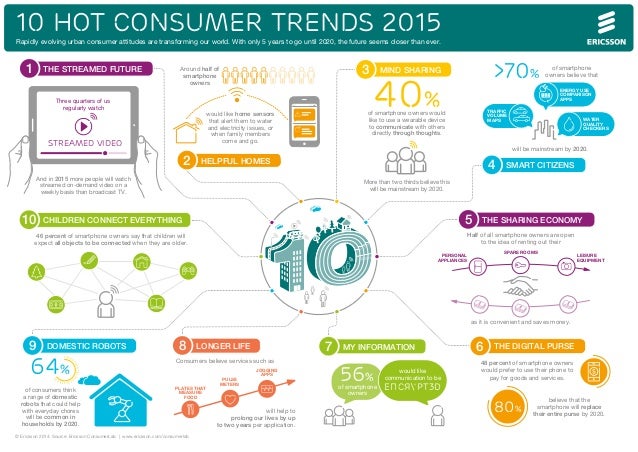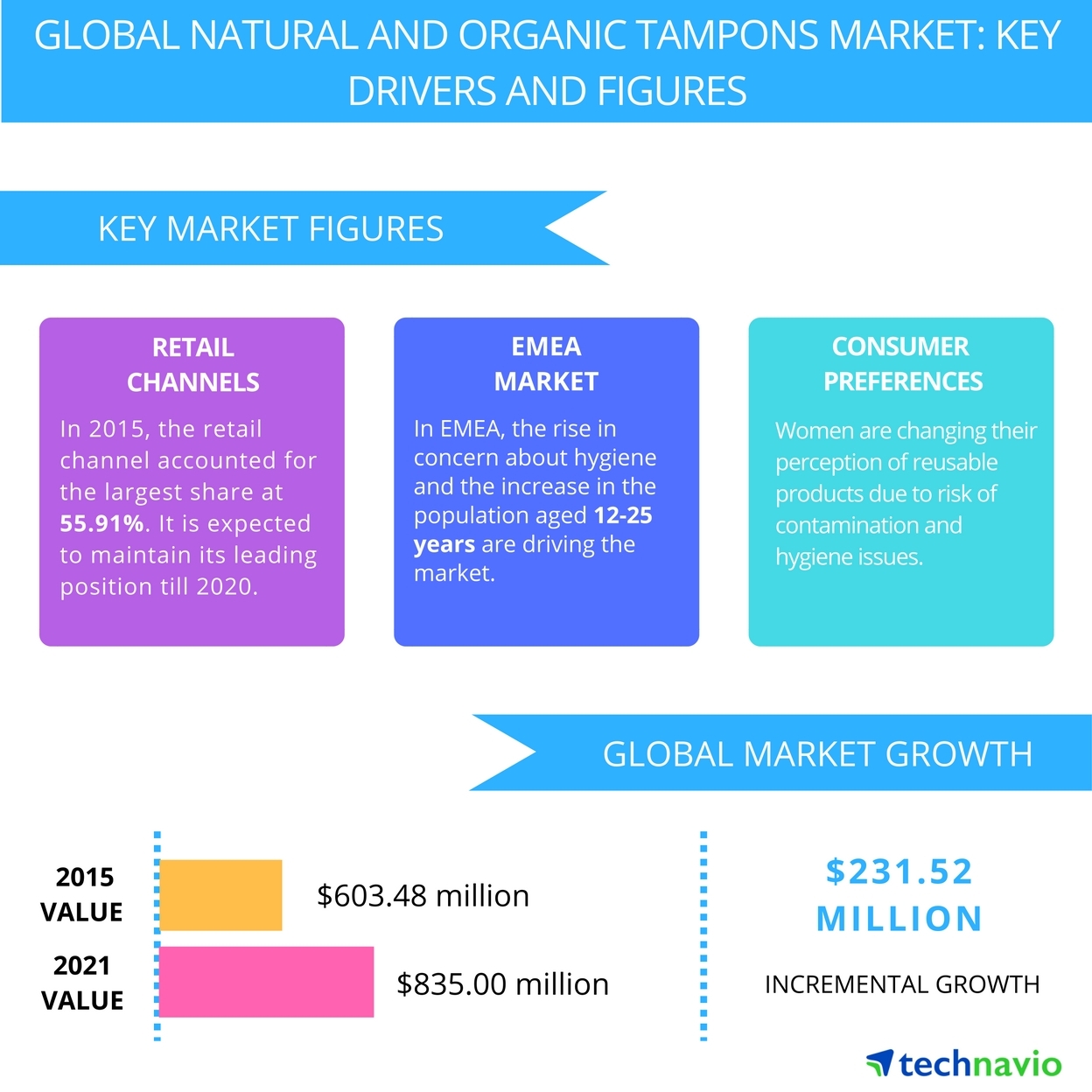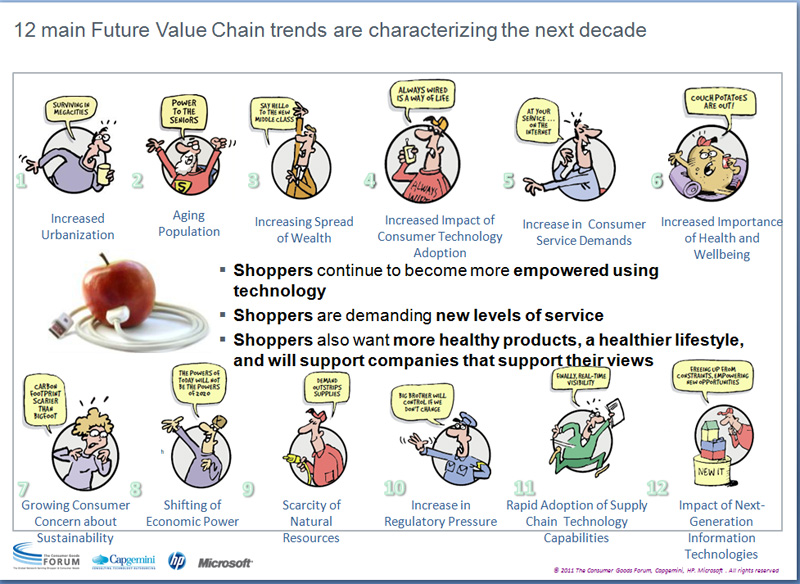A Biased View of Market Trends In 2020
From May 8th, all evernote.com/shard/s451/sh/ea71ea25-2e2d-4a35-8461-d27fae003886/387bede4a6f5e1c3fb3fdb0d747bf8db Crimson Hexagon products are now on the Brandwatch website. You'll discover them under 'Products' in the navigation. If you're an existing consumer and you desire to know more, your account supervisor will enjoy to help.
What obstacles could the consumer item market be dealing with five years from now CPG business can prepare themselves for a variety of possible futures by utilizing technology, reinventing brands, and checking out brand-new company models. View the associated infographic Executive summary: Rough seas likely ahead Consumer item companies and sellers face a confluence of quickly progressing technologies, customer market shifts, altering consumer choices, and economic uncertainty.
In this rapidly evolving, low-growth, and margin-compressed environment, clear strategic instructions and coordinated efforts are not all that should be pursued. Speed of execution and efficiency of action are just as important, if not more vital, to consider. Due to the fact that nobody knows precisely how market characteristics will ultimately play out over the next 5 years, consumer product business ought to be prepared to operate amidst unpredictability.
The undercurrents in play place tension on the consumer item business's standard sources of competitive advantagescale, brand commitment, and retail relationshipsand the operating model that a number of these business are developed on. Settling on strategic actions while not being able to agree on what the consumer product landscape will likely appear like in 5 years is challenging in itself; simultaneously moving rapidly with arrant actions is even more difficult.
A Biased View of Fads In Customer Market For http://query.nytimes.com/search/sitesearch/?action=click&contentCollection®ion=TopBar&WT.nav=searchWidget&module=SearchSubmit&pgtype=Homepage#/best tech gadgets 2020
Determined by return on assets (ROA), the customer item industry's typical profitability has trended downward over the past thirty years (from 5.8 percent in 1980 versus 3.7 percent in 2013).1 While the bottom quartile of customer product companies has suffered the most (1.9 percent ROA to a negative ROA of -5.6 percent), leading performers are also slightly less profitable than they were previously: Top-quartile ROA performers' ROA fell from 9.2 percent to 8.1 percent.


Furthermore, the US consumer packaged goods market is not likely to grow beyond the rate of population development, and little gamers might be better placed to take market share from traditional industry leaders. Perhaps the slowdown in return on properties is partially because numerous business are neither vibrant enough in their strategies, nor quickly enough in their actions.

Undercurrent 1: Unfinished economic healing for core customer sectors The economy will likely continue to stagnate, and might trigger increased earnings bifurcation, middling level of consumer confidence, and a struggling middle class. The likely consequence: Core consumer segment(s) will experience minimal earnings development at finest. Obstacle to existing design: Channel technique and item portfolio shift to fulfill brand-new rate points.
The likely repercussion: Business will experience greater pressure to better align offerings and activities with customer interests and values. Obstacle to present model: Significant shifts are most likely in brand portfolio, development technique and abilities, and ecosystem partners as companies approach a health and wellness platform. Undercurrent 3: Pervasive digitization of the path to buy Simultaneously new marketing channels to reach consumers, the convergence of sales and marketing environments, and the development of disruptive retail models emerge.
Buyer Trends In 2020 - Truths
The likely repercussion: The lion's share of customer spend and activitypromotion, search, and procurementwill happen over digital channels. Difficulty to present design: Traditional marketing and channel economies of scale dissipate, with much more courses to the customer and much more practical school of computer science and bioinformatics choices for consumers to make initial and repeating purchases.
The likely effect: Personalization of both the item and the end-to-end shopping experience will be critical to capturing worth. Difficulty to current model: The worth of mass-production economies of scale is damaged by brand-new business designs based on personalization and shipment of individual systems. Undercurrent 5: Continued resource lacks and product cost volatility The cost and expense volatility of essential packaged goods inputs will likely continue to increase.
Obstacle to present model: Traditional product management methods are increasingly insufficient to ensure supply, harness innovation, and align with social duty. These prospective undercurrents are not equally exclusive. Rather, business need to think about being prepared to steer a winning course even if 2 or more of these simultaneously happen. By highlighting these unpredictabilities, we hope to not just provoke management team discussion, but likewise produce action.
Adrift in uncharted territory Do not error the momentum of a collection of loosely collaborated tasks as tactical progress. In this rapidly progressing environment, tactical improvement may need simultaneously retooling lots of elements https://www.washingtonpost.com/newssearch/?query=best tech gadgets of the operating model. No one wants to set sail in a storm with a nearsighted, directly focused, and excessively positive captain at the wheeland consumer product executives should consider taking care to prevent ending up being exactly that.
Some Known Incorrect Statements About Close Check Out Consumers Styles 2020
Consumer item companies are complicated, and nearly every organizational and process area is affected by these rapidly changing market characteristics. Brand and item portfolios developed for conventional economies of scale might no longer seem relevant. The shift toward brand-new, as-yet-unproven digital marketing vehiclesby consumers and business alikecould increase the need to discover how to establish a better end-to-end consumer experience.

Traditional customer insight collection methods, analytical designs, and decision-making designs might not be vibrant and granular enough to quickly make rates and trade promo decisions with more accuracy. Additionally, customers and merchants might require higher variety and personalization in both item offerings and purchase channels. The fast speed of modification necessitates companies to move rapidly and entirely in a collaborated way.
Our hope is to not only provide you with a manual to assist you set your course, however also to bring about action on these obstacles. If modifications are not made in the near term to improve and completely scale up the abilities of both your company and your individuals, you may reach a point where both your ship and your team will be irrelevantprecluding the possibility of smooth cruising into 2020 and beyond.
About this research study The research explained in this short article is based on 14 case studies performed between June and December 2014, an executive survey conducted in August September 2013, customer studies carried out in January 2014 and January 2015, and seven executive interviews carried out in between July and November 2014.3 The executive survey polled 205 US executives and senior managers; the consumer studies, over 4,000 adult United States consumers.
The Ultimate Guide To Close Check Out Customers Latest Things 2020
Of these 85 respondents, 38 percent worked at retail companies, 36 percent at consumer product production business, and the remaining 26 percent at food and beverage business. The remaining 120 executives worked in other consumer-focused markets, consisting of business banking, travel, hospitality, automobile, and customer electronics. Executive and senior supervisor participants' functions and titles reflected a broad series of experience in operations, finance, sales, infotech, marketing, and basic management.
The customers surveyed in January 2014 and January 2015 were screened to target customers who did a minimum of half of their household's shopping and cooking. Many of the consumer respondents (58 percent) were female. Fifty-five percent reported an annual home income of less than $50,000, 27 percent made in between $50,000 and $99,999, and 18 percent made $100,000 or more.
The interviews covered 4 topics: trends in consumer demographics, habits, and mindsets; retailer and channel characteristics in consumer products; the effect of technology on consumer engagement, the shopping process, and organisation models; and product supply management. In addition to the studies and interviews described above, this report draws on data from a May 2014 study of 2,004 consumers surveyed as part of the Deloitte Food Security Survey.
The report also uses info gathered by the Deloitte Social Media Research Study. Conducted in July 2014, the Deloitte Social network Study examined social networks posts from the United States on the topics of "food security" and "health and health." Undercurrent 1: Unsatisfied financial healing for core customer segments "We used to be able to be successful serving simply core consumers in grocers and mass merchandisers, today we require to be present and purposeful in fragmented consumer sections and more channels."Packaged products sales executive Our first uncertainty for 2020 associates with the economic environment in the United Statesspecifically, whether the continuing recovery evenly helps consumers at all earnings levels.
Some Known Factual Statements About Customer Trends In 2020
4 Fewer customers self-identify as middle class (44 percent in 2014 versus 53 percent in 2008), and more determine as lower class (40 percent in 2014 versus 25 percent in 2008).5 These dynamics likely shaped the recessionary mind-set we observed in the 2015 American Pantry Study. 6 Fifty-eight percent of surveyed customers thought that the US economy was presently in a recession in January 2015, and 94 percent said that even if the economy improved, they would remain careful and keep spending at current levels.